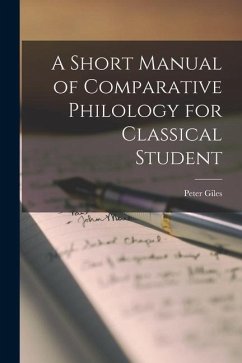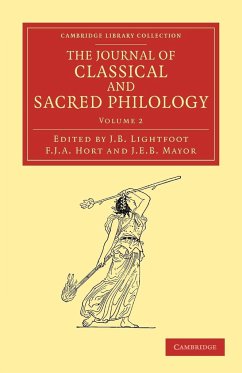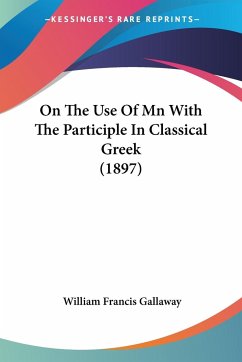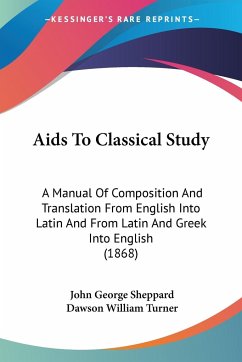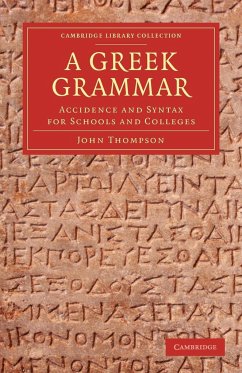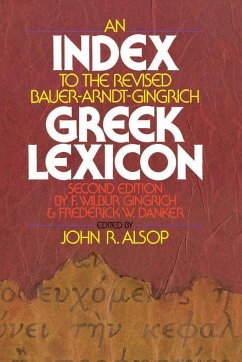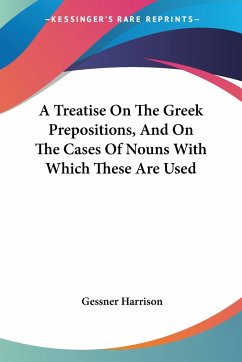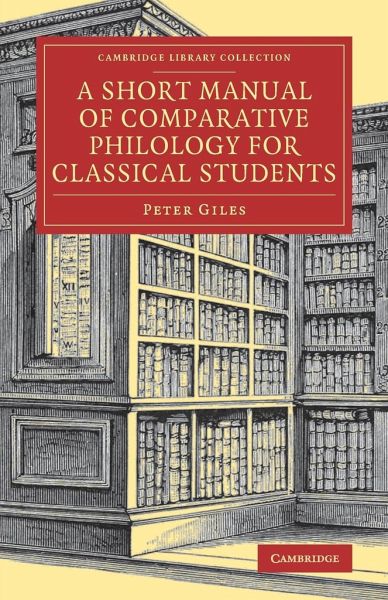
A Short Manual of Comparative Philology for Classical Students
Versandkostenfrei!
Versandfertig in 1-2 Wochen
60,99 €
inkl. MwSt.

PAYBACK Punkte
30 °P sammeln!
Peter Giles (1860-1935) spent most of his working life at Emmanuel College, Cambridge. In addition to obtaining first-class degrees at Aberdeen and Cambridge, he attended the lectures in Germany of the philologist Karl Brugmann, which resulted in this 1895 book, bringing to Britain the ideas of the Neogrammarians. As Giles explains in his preface, it is intended for 'Classical students who, without being professed students of Comparative Philology, desire some acquaintance with its principles as applied to Latin and Greek'. Part I discusses comparative philology and the Indo-European languages...
Peter Giles (1860-1935) spent most of his working life at Emmanuel College, Cambridge. In addition to obtaining first-class degrees at Aberdeen and Cambridge, he attended the lectures in Germany of the philologist Karl Brugmann, which resulted in this 1895 book, bringing to Britain the ideas of the Neogrammarians. As Giles explains in his preface, it is intended for 'Classical students who, without being professed students of Comparative Philology, desire some acquaintance with its principles as applied to Latin and Greek'. Part I discusses comparative philology and the Indo-European languages in general; Part II, the specifics of phonetics and phonology in Latin and Greek; and Part III deals with morphology. This useful guide was Giles' only book, but he contributed to the Cambridge Ancient History and the Cambridge History of India, and was the single most prolific contributor on language-related topics to the eleventh edition of the Encyclopaedia Britannica.





